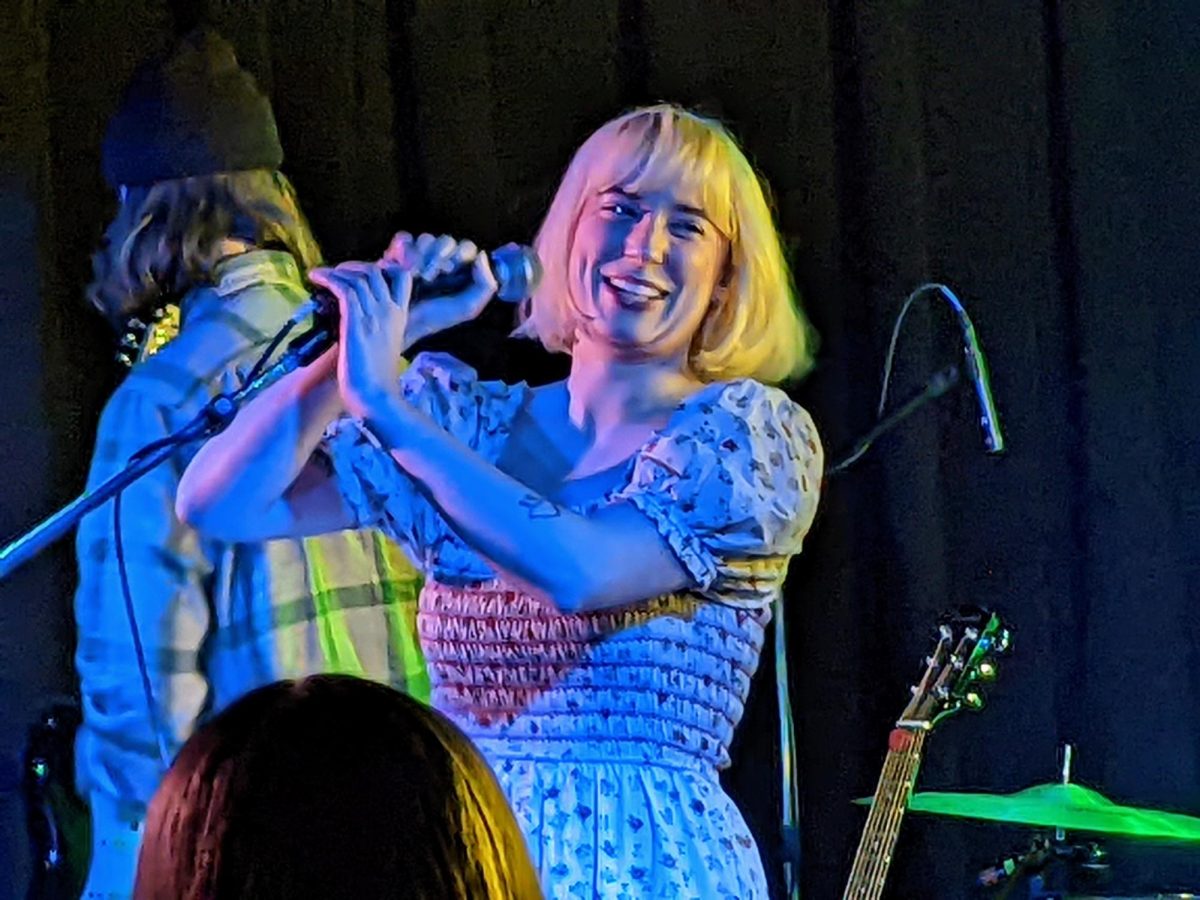This year, the University brought us the beautiful new Arts Quarter. While the buildings and grounds have gained recognition for their design, there is something else that has not yet been acknowledged: the faculty.
“Art Moves,” a faculty art exhibition, not only displays the work of the University’s art faculty, but also serves to thank the faculty for their hard work and contributions to the new Arts Quarter.
“In addition to being a diverse and exciting exhibition, ‘Art Moves’ honors decades of faculty advocacy and commemorates the vision and effort that have culminated in a unique state-of-the-art facility,” said Mark Pharis, professor and art department chairman.
The artwork in the show illuminates the creative people that our University has gathered to educate students. Their works will be an influence on the students by encouraging creativity and broadening horizons. Through their work, the faculty hopes to expand students’ minds and promote the path less taken.
Karl Bethke, a professor in the University’s art department since 1965, explained that his purpose as a teacher and artist is to help students realize the essence of creativity. It is not easy to achieve. It is not normal to be creative, and there is no set norm for creativity. “There is no standard. You have to set a standard,” Bethke said.
The pieces in the faculty show place much emphasis on each artist’s work and background. The gallery makes the connection between the artists’ interests and their backgrounds.
The pieces range from the dynamic steel/wood/plastic/electric motor pieces of Guy Baldwin to intricate graphite drawings by Thomas Cowette. The computer-assisted art by Marjorie Franklin is embedded with deep feminist values while Wayne Potratz’s
sculptures reveal his outstanding knowledge of bronze and iron casting. Within each piece there is a reason and a style that forces the viewer to think deeply.
Nick Shank, director of the Nash Gallery, said a gallery is what a performance is to an actor. It is what a publisher is to a writer. A gallery is what artists use to publish their work.
But there is one important difference.
“The work presented is not often understood,” Pharis said. “It requires individuals to be an active participant.” For that reason, artists must be able to both think for themselves and anticipate the viewer. The faculty exhibit shows how stepping out of the original costume can benefit students by allowing students to see the magnificence of art. “Art Moves” allows for a relationship between student and faculty and promotes art throughout the campus by its public display.
With the wide range of artist professors on campus, the art sector is sure to see great changes, one of which begins with the spark that “Art Moves” will strike. By increasing the prominence of the faculty members, the school gains recognition and students get to look through that double-sided mirror to see the work of their professors, who will help them enhance their talents.







